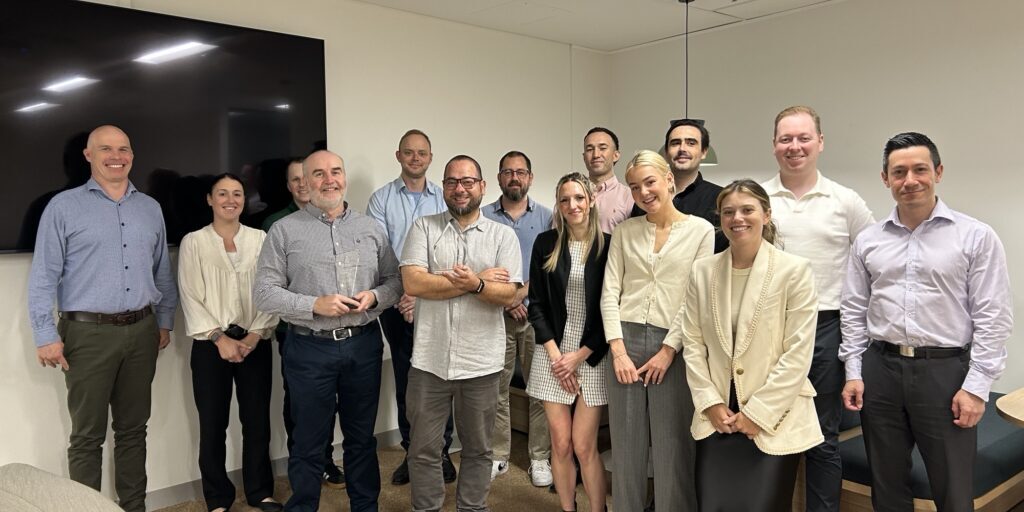
Loss of Use Triggers – General Liability
We often receive queries about how loss of use of tangible property triggers a response under our General Liability policies.
Loss of use is referenced in the definition of property damage. We have set out some examples below to help explain loss of use. The key take away is that to make out a valid loss of use claim – there must be physical loss or damage to property.
Loss of Use Trigger 1 Example
Consider a situation where a backhoe operator negligently caused damage to a pipe carrying water. The repairs to the pipe will be covered under a General Liability policy held by the backhoe operator as there has been property damage. Further, a General Liability policy will customarily cover the backhoe operator’s liability to the owner of the pipe for any loss of use incurred as a result of the damage to the water pipe.
The first trigger is physical loss, destruction of or damage to tangible property, including the loss of use thereof or at any time resulting therefrom.
Loss of Use Trigger 2 Example
The second trigger is loss of use of tangible property which has not been physically lost, destroyed, or damaged provided that such loss of use is caused by or arises out of an occurrence covered under the policy.
The point to bear in mind with the second trigger is that physical loss or damage as the proximate cause is still required. That is, the damage must cause the loss of use and consequently, the loss of use to other third parties who have not necessarily sustained physical damage themselves but, as a result of physical damage occurring elsewhere, have sustained a loss.
Using the facts in the example above, a factory that relies on the water supply provided by the damaged water pipe may be adversely impacted by the occurrence. This is because the factory may not be able to operate without the water and may need to shut down. A General Liability policy will cover the backhoe operator’s liability to the factory for loss of use even though the factory hasn’t necessarily sustained damage to its own property.
Loss of Use Trigger 3 Example
Now let’s consider the coverage provided under a General Liability policy that contains a Manufacturer’s Errors and Omissions (E&O) extension. This extension does not specifically refer to loss of use, but can be important for situations where no property damage has occurred.
Assume the insured manufactures faulty water pipes to a correct design and specification. The faulty water pipe results in water not being supplied to a factory. Customers who were relying on the water pipe for the carriage or delivery of water suffer financial loss and make claims against the manufacturer for loss of use.
As there is no physical damage to the water pipes in this example, a General Liability policy without a Manufacturer’s E&O extension would not respond to cover the insured’s liability for the loss of use claims. However, if the General Liability policy has a Manufacturer’s E&O extension, the policy is more likely to respond to cover the insured’s errors and omissions in the manufacture of the water pipes.
Related Links
Quote and Bind a Policy Instantly
Are all sub-contractors covered in a public liability policy?
How to get a Public and Products Liability Quote
Public & Products Liability Insurance Vs Professional Indemnity Insurance
Important Notice
Berkley Insurance Company (limited company incorporated in Delaware, USA) ABN 53 126 559 706 t/as Berkley Insurance Australia is an APRA authorised general insurer. Information provided is general only, intended for brokers and has been prepared without taking into account any person’s particular objectives, financial situation or needs. Insurance cover is subject to terms, conditions, limits, and exclusions. When making a decision to buy or continue to hold a product, you should review the relevant policy documents.
Share this post on
Inside Berkley Insurance Australia: An Interview with CEO Tony Wheatley
Berkley Insurance Australia Wins Specialist Insurer of the Year for Fourth Consecutive Year
Getting the Best Terms for Clients with Prior Claims


